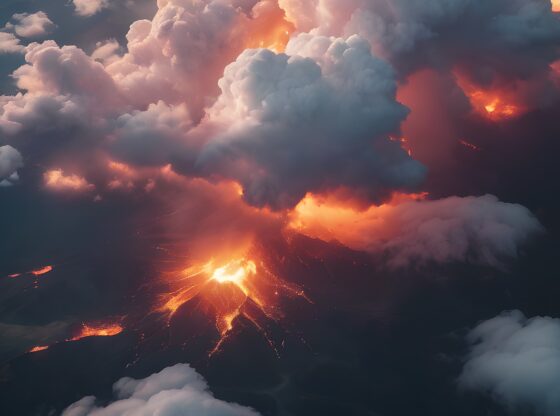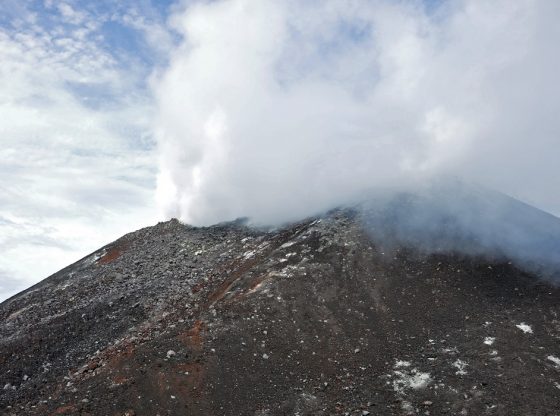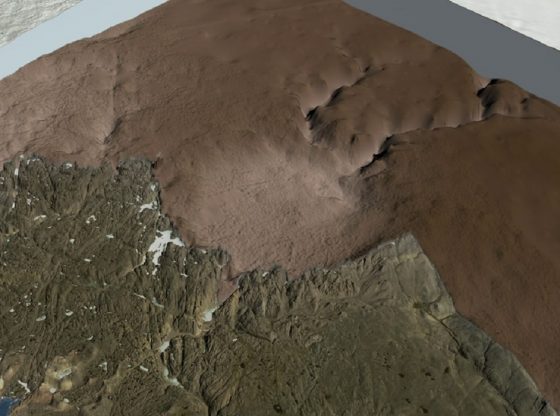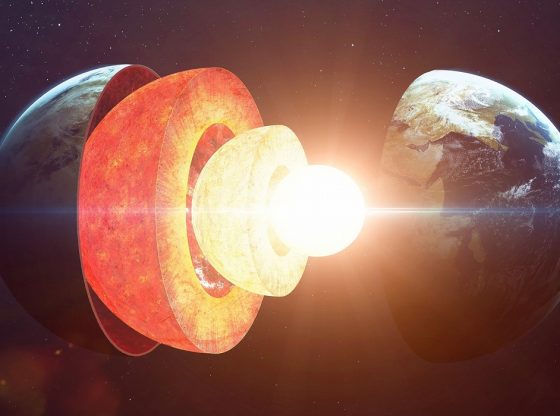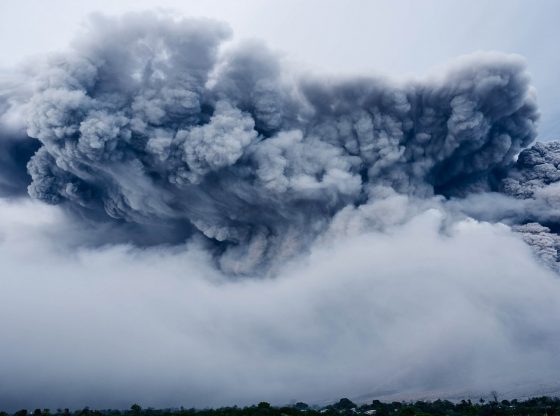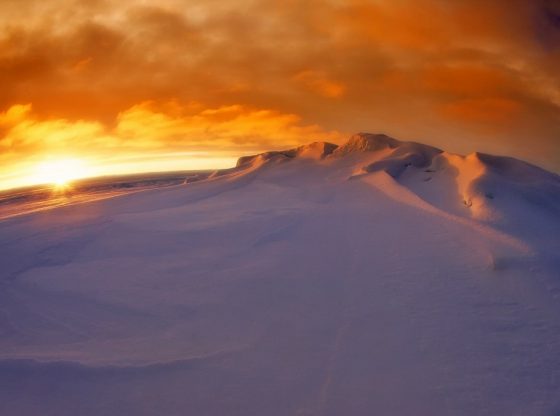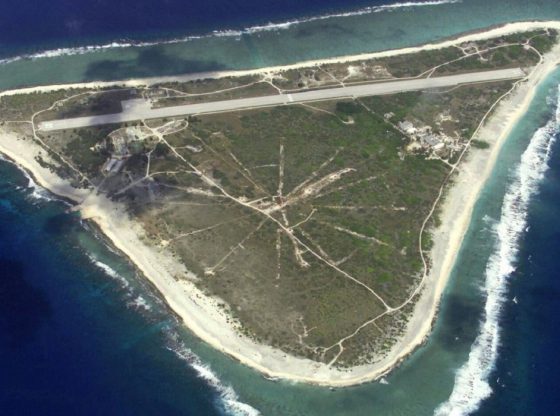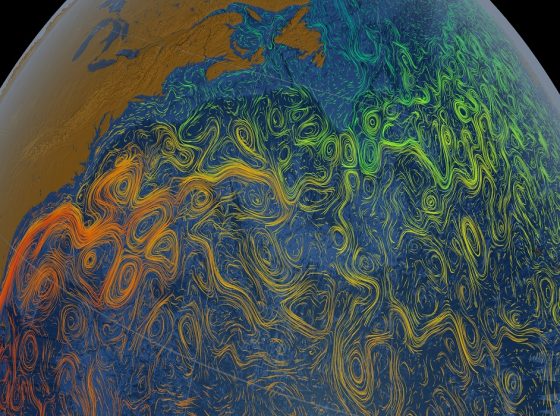We are still burning coal in many countries. To warm us, to run our industries. It was an important factor behind the industrial revolution and today, an important factor behind man-made global warming.
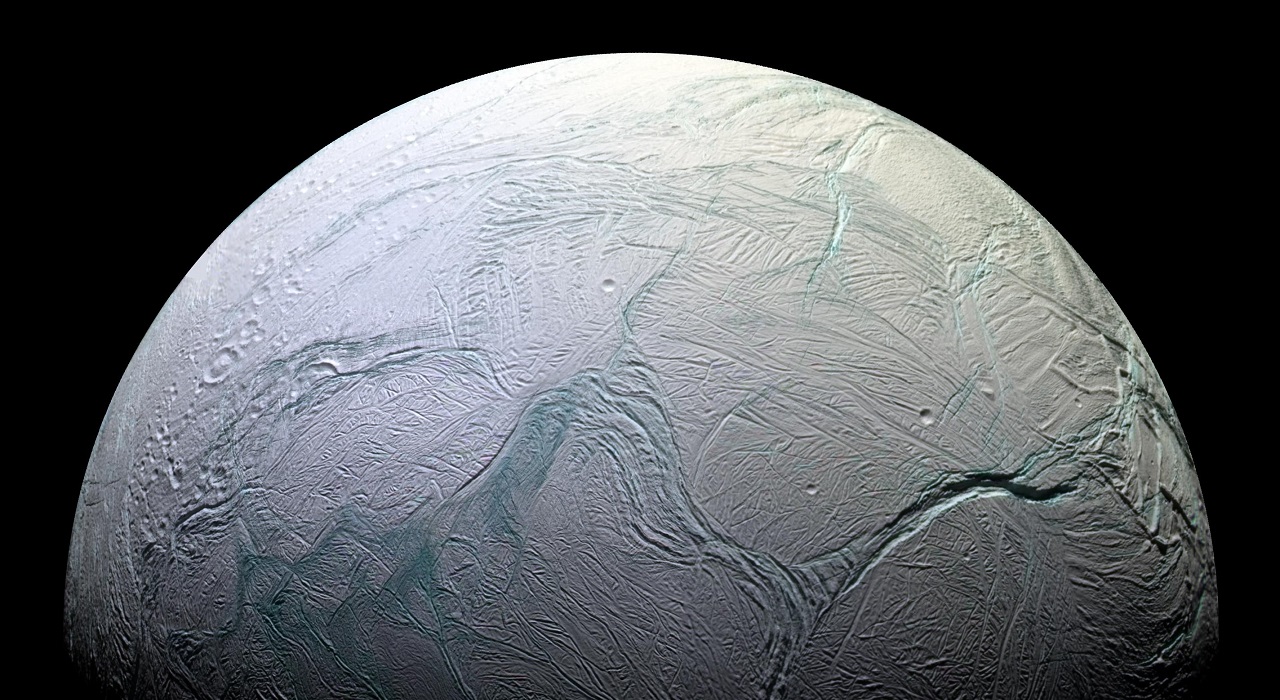
Now, a new German study shows that the majority of coal we find today was created during a drastic climate change about 300 million years ago. The planet became so cold that almost the entire planet was covered with ice, Snowball Earth.
Carboniferous
You wouldn’t recognize Earth about 300 million years ago, it really was an entirely different world. The epoch has been named Carboniferous because the continental land areas were covered by thick forests. That absorbed a lot of carbon dioxide from the atmosphere.
This meant, for example, that the oxygen levels were at perhaps 35 percent, compared to 21 percent today, and this, in turn, meant that there were dragonflies a meter long (Meganeura).
Carboniferous rainforest collapse
Then, a major marine and terrestrial extinction event occurred, it is named the Carboniferous rainforest collapse and occurred in the middle of the period. The climate suddenly changed, Earth’s rock record shows that the Earth entered into a short, intense ice age. Sea levels dropped by 100 m, and glacial ice covered most of the southern continent of Gondwana. The specific cause of the extinction event is not known but multiple cause scenario is a possibility.
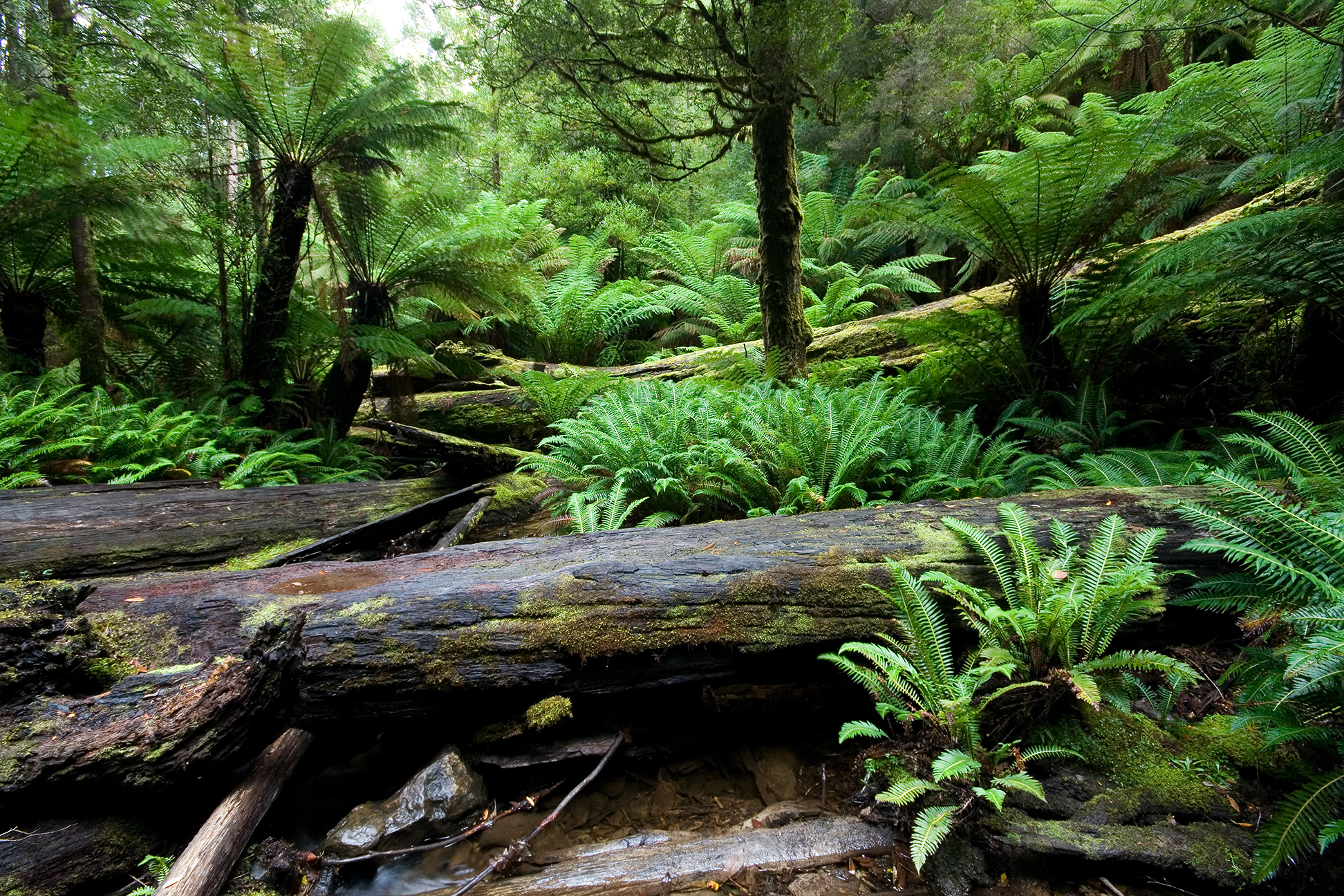
The cooler, drier climate conditions were not favorable to the growth of rainforests, and the biodiversity within them. The forests died off within a short period of time and turned into millions of tons of coal, deposited as a thick layer over the entire planet, then covered over time and now buried below the ground.
All the carbon-carbon dioxide captured by the vegetation was buried and the levels of CO2 in the atmosphere dropped dramatically to very low levels compared to today. Perhaps only 100 ppm (parts per million) of all gases in the atmosphere, today we have about four times as high levels. Also, the depletion of the plant life contributed to declining levels of oxygen in the atmosphere.
Snowball Earth
The global temperature dropped to about 1.4 degrees Celsius. For contrast, the average global temperature was 15.8 degrees Celsius for last century. The Earth was very close to becoming a snowball, entirely covered in ice. Scientists aren’t really sure why, but for some reason, it didn’t. Supervolcanoes may have had a role to play.
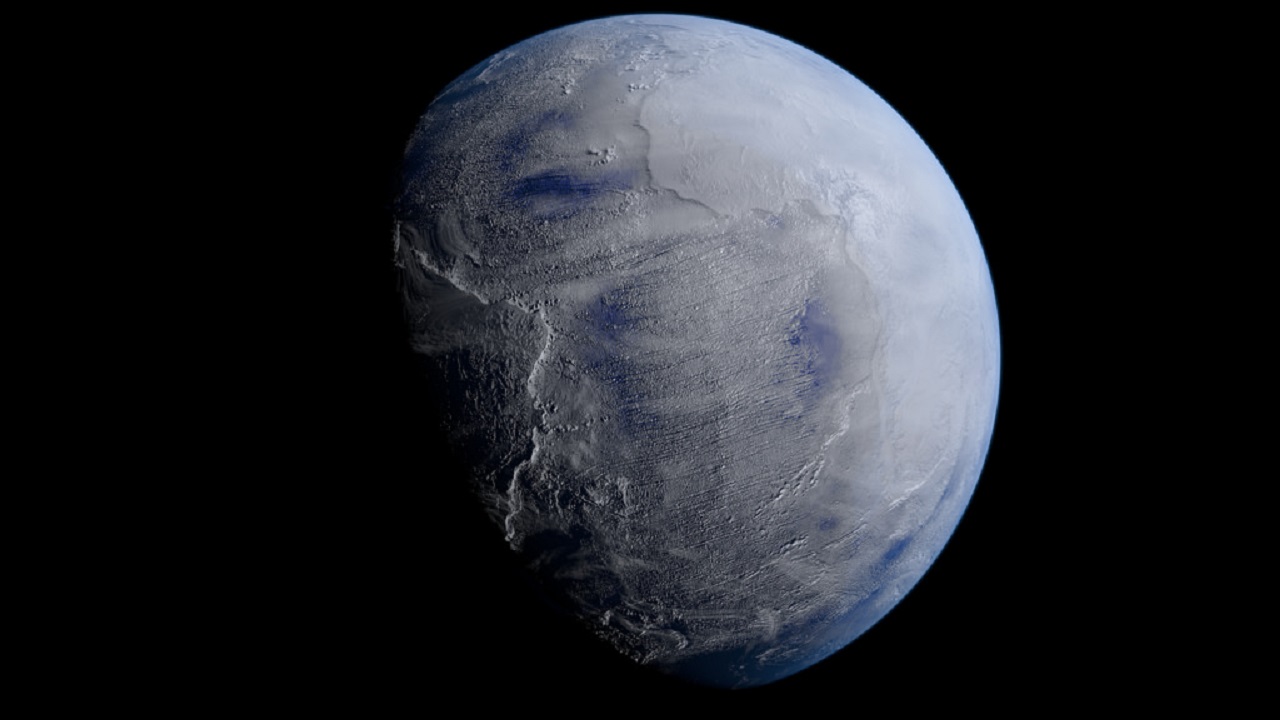
The Earth is believed to have become a snowball a few times earlier in its long history and should by all reason have done so again this time around, but it did not, possibly as a result of changes in the Earth axis or possibly the path of the Earth around the sun.
Violent geological activity has also been proposed, from, for example, supervolcanoes that sprayed so much ash into the atmosphere that the greenhouse effect was accelerated trapping solar heat. A lid of particles covering the Earth, allowing solar radiation in, but now out. The temperatures arose again and the ice melted away. The glaciers receded around the succeeding geologic period, the Permian, as the climate gradually warmed, drying the continent’s interiors.
“The climatic importance of the fossil carbon”
There is a certain appealing symmetry to the fact that the coal that once brought the planet close to freezing point, is now heating it up.
The bulk of the coal driving the Industrial Revolution and contributing to global warming today has been deposited during the Carboniferous period (359–299 million years ago), resulting in a significant drawdown of atmospheric carbon dioxide at that time.
In this work, a combination of climate model simulations and recent estimates for carbon dioxide levels in the atmosphere is used to demonstrate that the cooling due to the diminished greenhouse effect brought our planet close to the limit of global glaciation ∼∼300 million years ago.
These findings highlight the climatic importance of the fossil carbon stored in Earth’s coal deposits and thus have implications for climate policy.
– Georg Feulner of the Potsdam Institute for Climate Impact Research
The paper “Formation of most of our coal brought Earth close to global glaciation” has been published in the journal PNAS.
Reference:
Georg Feulner Formation of most of our coal brought Earth close to global glaciation doi: 10.1073/pnas.1712062114

